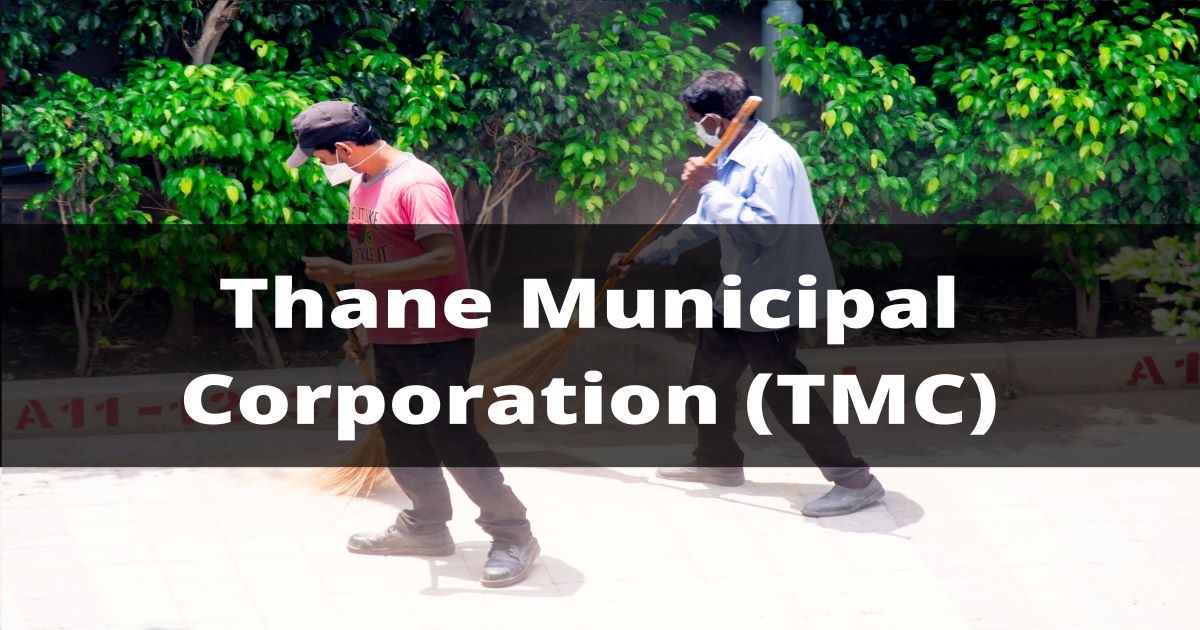This article contains the National Pension System / Scheme details. The types of NPS account, eligibility criteria, required documents for opening an NPS account, and the registration process is also explained below.
NPS/National Pension System
The National Pension System/Scheme is a post-retirement investment scheme that gives long-term benefits to voluntary subscribers. The investment amount starts at Rs. 250/-. The interest rate ranges from 9% to 12% per annum. An individual is eligible to invest in the National Pension System till he attains 65 years of age. The scheme provides regular income flow to its subscribers and mobilizes their earnings.
Previously, only the employees of the Central Government could avail the National Pensions Scheme. Later in 2009, the scheme was open for all Indian citizens. The Pension Fund Regulatory and Development Authority is a regulatory body that launched the scheme on the 1st of June, 2009. The subscribers can also exit from the scheme before retirement or get superannuation. A Permanent Retirement Account Number or PRAN is issued to every subscriber when an NPS account is opened.
NPS Architecture- Trust, CRA, PoPs, and aggregators
- The NPS Trust comes under the NPS Architecture that is entrusted with protecting the interests of the subscribers.
- Central Record Keeping Agency is entrusted to maintain the records and data.
- Point of Presence along with the aggregators is responsible for the distribution and collection of the arm.
Different kinds of NPS accounts
There are two kinds of NPS accounts: Tier-I account and Tier-II account.
- To join the National Pension System, one needs to open a Tier-I account (mandatory account).
- Tier-I provides benefits of post-retirement and gives life-long protection.
- The minimum contribution under Tier-I is Rs. 500 or Rs. 1000/- p.a.
- The tax deductions are offered for up to Rs. 2 lakh/- in the Tier-I account.
- Withdrawals can only be made post-retirement in Tier-I.
- No tax benefits are given under the Tier-II account. This type of account offers subscribers a choice to either exit or do superannuation of the accumulated amount. The Tier-II account is not mandatory to open. One may open it after a Tier-I account or skip it. (voluntary account)
- The minimum contribution under the Tier-II account is Rs. 250/-.
Advantages and Features of NPS
- Investment returns- The NPS investment scheme gives higher returns than other schemes such as FD or PPF. NPS returns can be earned between 8%-10%.
- Flexibility- Subscribers can choose investment schemes and their managers as per their preference. They can also shift or alter schemes if they are dissatisfied with the results.
- Rules and regulations- the Pension Fund Regulatory and Development authority monitors and reviews funds as per the NPS trust.
- Registration cost- A cost of Rs. 500/- is charged for the registration of the NPS account.
- Payment modes- There are different modes of payment available like Demand Draft (DD), cash, and cheque.
- Contributions- There must be at least a single contribution made in one financial year.
NPS benefits under Income Tax
Tax benefits of NPS for self-employed and salaried employees are as follows:
Self-employed
Subscribers as per Section 80 CCD (1) can claim tax exemption of the Gross Income of up to 20% on their contribution (maximum limit- Rs. 1.50 lakh/-).
Salaried employees
Subscribers as per Section 80 CCD (1) can claim tax exemption of up to 10% on their contribution from the salary.
National Pension System Asset Classes
The NPS Asset Classes can be divided into four:
Class E Asset- Stocks/Equities.
Class C Asset- Corporate Bonds.
Class G Asset- Government Bonds (Central and State).
Class A Asset- Real Estate Investment Trusts and Infrastructure Investment Trusts.
NPS benefits under Additional Tax
- As per Section 80 CCD (1B), all subscribers under National Pension System Scheme whose investment exceeds Rs.50,000/- An additional exemption of Rs. 1.5 lakh/- can be claimed under S. 80C.
- If any subscriber makes any voluntary contribution can claim an additional tax benefit of Rs. 50,000/- as per the New NPS Scheme (Section 80 CCD-1B).
- According to new amendments, Employee Provident Funds or EPF can be chosen to invest in by the salaried individuals. They can also shift to NPS and contribute there.
- A minimum amount of Rs. 6,000/- must be deposited in the Tier-I account. The Tier-I account NPS scheme gives tax benefits and is non-withdrawal.
- Subscribers can withdraw their funds voluntarily under Tier-II account. Only Tier-I account holders can open this type of account.
- After an investor crosses the age of 60 years, he/she can withdraw the savings. (not applicable for government employees)
Investors of NPS
The employees of both public and private sectors can avail the NPS scheme. The scheme cannot be availed by the armed forces. The subscribers, be it Indian residents or non-residents should be between 18-65 years of age.
Registration procedure of the National Pension Scheme
- You need to visit the eNPS at the National Pension System’s official website.
- You will then have to select the subscriber type under the “Corporate Subscriber’ and ‘Individual Subscriber’ options.
- Select your residential status including the ‘NRI’ and ‘Citizen of India’.
- Choose a type of account as it is mandatory (either Tier-I or II account).
- Then enter the details of your PAN card and choose a POP or suitable bank.
- Also, upload your PAN card’s scanned copy with a canceled cheque.
- Then upload the scanned copy of a photograph along with your signature.
- Continue to pay the necessary charges through net banking.
- After the payment has been done, you will get your PRAN or Permanent Retirement Account Number.
NPS Account making procedure
An NPS account can be opened either through an online or offline method. The procedures of both methods are mentioned below.
Offline
- You will have to open the Point of Presence-Service providers to get the application form’s unique Permanent Retirement Account Number.
- You have to enter the required details such as your preferred scheme, photograph, signature, and other mandatory details.
- After entering the necessary information, you will have to submit the KYC documents such as address proof and identity proof along with your application form.
- A receipt number will be provided by the POP-SP after you submit the documents and form.
- Your first minimum contribution of Rs. 500/- must be made under the NPS scheme while you make the registration.
- You can also track your PRAN application status through the receipt number provided by the POP-SP.
Online
To make an account, your Aadhar card and PAN card must be linked with each other. The online method can be completed easily and quickly.
- You need to visit the eNPS website with the help of your PAN number.
- After you submit the application form, you will receive an OTP on your registered contact number. Now your PRAN will be generated.
- To make your contribution, you need to make an NPS login using the provided PRAN.
Calculation
The NPS calculations are done by using an online tool called the NPS pension calculator. This online tool provides tentative information regarding the total amount and NPS Pension. Factors like an annuity, month based investments, National Pension Scheme return rates, and an amount used for reinvestment for the purpose of purchasing an annuity affect the calculations.
An online pension calculator requires personal details like the monthly investment, birth date, total years of investment, etc. to calculate the National Pension Scheme returns through the National Pension System Trust.
Net Promoter Score Calculation is a simple way to calculate the NPS Score. This can be done by tallying up survey responses and subtracting them from the detractor’s percentage from the promoter’s percentage.
Penalty for non-maintenance of NPS Accounts
- Tier-I NPS non-compliance penalty- if a subscriber fails to contribute Rs. 6000/- every year, his/her NPS account will be frozen until reactivation of the account.
- Tier-II NPS non-compliance penalty- if the subscriber fails to make minimum contributions and maintaining a minimum balance, a fine of Rs. 100/- will be levied.
Indian Fund Managers of NPS
- LIC Pension Fund.
- Reliance Pension Fund.
- Kotak Mahindra Pension Fund Ltd.
- UTI Retirement Solutions Ltd.
- SBI Pension Funds Private Ltd.
- HDFC Pension Management Company Ltd.
- Aditya Birla Sun Life Pension Management Ltd.
- ICICI Prudential Pension Funds Management Company Ltd.
Also read : How to manage your personal finances




































